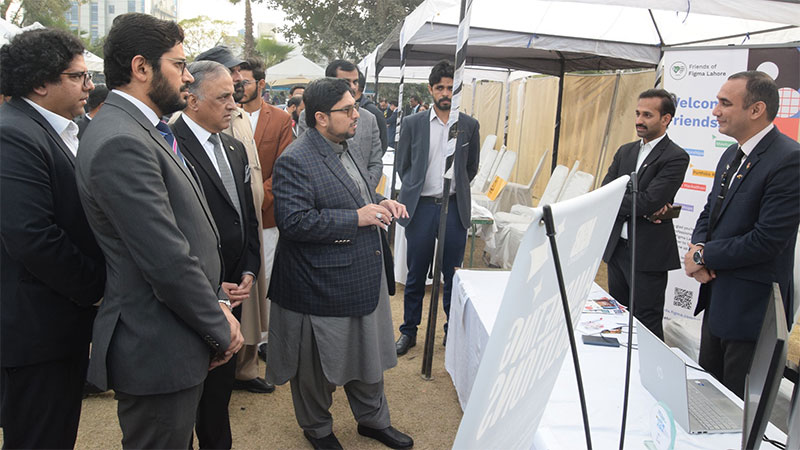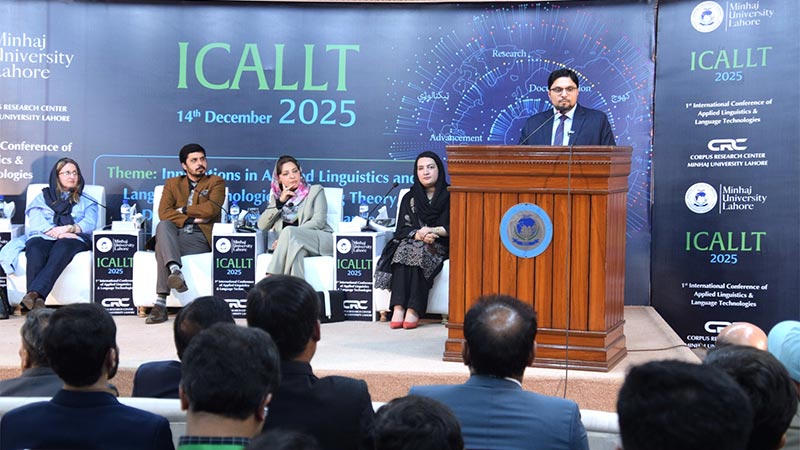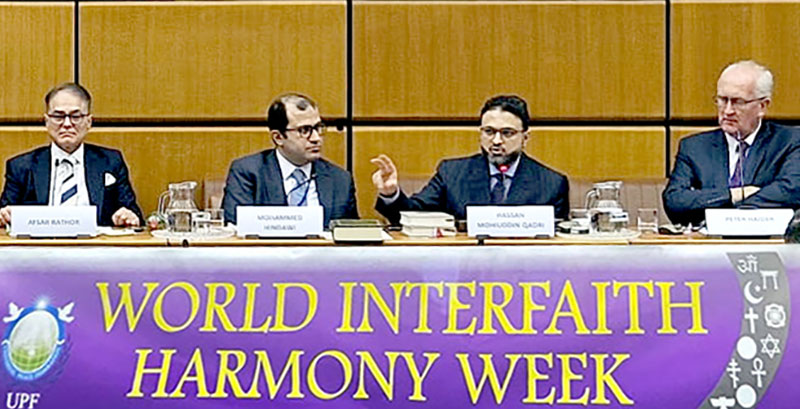The Economics Times: Despite similarities Tahir-ul Qadri is different from Anna Hazare
Sruthijith KK, ET Bureau
Jan 19, 2013, 07.07AM IST

A confused government first talks tough and later enters into negotiations with the leader. Opinion is divided about which was a bigger mistake and there's debate whether democracy has helped the most marginalised among people.
These sequence of events that happened during the Anna Hazare movement here, played out in Islamabad this week, when Tahir-ul Qadri , an influential Sufi scholar, led a 'long march' to Islamabad and stayed put, along with thousands of supporters who braved the harsh winter under the open skies, till the government agreed to some of his demands on Friday. The similarities between the two movements end here.
Qadri, the founder of the internationally networked non-profit Minhaj-ul-Quran, returned to Pakistan after spending seven years in Canada, where he sought asylum in 2008, citing threats to his life following his meeting with a controversial Danish cartoonist. He was noted in the west for a long fatwa, or religious opinion, he authored in 2010, denouncing all manner of terrorism as anti-Islamic. He has since galvanised public opinion in Pakistan against the rot in the government. Through fiery oratory and an expensive advertising campaign, he rose to prominence in domestic politics and built a large following.
On the first day of the march in Islamabad, he said, "there is no Parliament; there is a group of looters, thieves and dacoits ... Our lawmakers are lawbreakers." Anna Hazare and his team also repeatedly charecterised parliamentarians as thieves and robbers.
"Both movements had long but very different gestations — Qadri in Canada and Hazare in India's villages. They have both appropriated the nationalist and religious iconography of their countries. They are both puritanical. When they speak, they both appear like school headmasters — Anna with his topi and Qadri with more elaborate headgear. They are both dependent on the state and quarrel with it. At the same time, both can become pretty uncontrollable movements. That fear plays a big part in their persuasive power," sociologist Shiv Viswanathan said.
But the politics of Qadri's movement is more complex and controversial and his methods differ from Hazare's in significant ways. Hazare always faced charges that he was propped up by right-wing groups, Qadri is seen as enjoying the backing of forces inimical to Pakistan's fragile democracy.
"The Qadri phenomenon is a Punjabi and Sufi phenomenon. He is seen as a creature of the military and the chief justice who work in tandem," said former diplomat and Pakistan expert G Parthasarathy.
"Hazare was an pan-India phenomenon. It was focussed on corruption and he never expressed political ambition. Qadri's movement is sectarian — deobandi and salafi groups will oppose it. It will remain a creature to be used whenever the army wants to meddle in politics," he added.
A confused government first talks tough and later enters into negotiations with the leader. Opinion is divided about which was a bigger mistake and there's debate whether democracy has helped the most marginalised among people.
These sequence of events that happened during the Anna Hazare movement here, played out in Islamabad this week, when Tahir-ul Qadri , an influential Sufi scholar, led a 'long march' to Islamabad and stayed put, along with thousands of supporters who braved the harsh winter under the open skies, till the government agreed to some of his demands on Friday. The similarities between the two movements end here.
Qadri, the founder of the internationally networked non-profit Minhaj-ul-Quran, returned to Pakistan after spending seven years in Canada, where he sought asylum in 2008, citing threats to his life following his meeting with a controversial Danish cartoonist. He was noted in the west for a long fatwa, or religious opinion, he authored in 2010, denouncing all manner of terrorism as anti-Islamic. He has since galvanised public opinion in Pakistan against the rot in the government. Through fiery oratory and an expensive advertising campaign, he rose to prominence in domestic politics and built a large following.
On the first day of the march in Islamabad, he said, "there is no Parliament; there is a group of looters, thieves and dacoits ... Our lawmakers are lawbreakers." Anna Hazare and his team also repeatedly charecterised parliamentarians as thieves and robbers.
"Both movements had long but very different gestations — Qadri in Canada and Hazare in India's villages. They have both appropriated the nationalist and religious iconography of their countries. They are both puritanical. When they speak, they both appear like school headmasters — Anna with his topi and Qadri with more elaborate headgear. They are both dependent on the state and quarrel with it. At the same time, both can become pretty uncontrollable movements. That fear plays a big part in their persuasive power," sociologist Shiv Viswanathan said.
But the politics of Qadri's movement is more complex and controversial and his methods differ from Hazare's in significant ways. Hazare always faced charges that he was propped up by right-wing groups, Qadri is seen as enjoying the backing of forces inimical to Pakistan's fragile democracy.
"The Qadri phenomenon is a Punjabi and Sufi phenomenon. He is seen as a creature of the military and the chief justice who work in tandem," said former diplomat and Pakistan expert G Parthasarathy.
"Hazare was an pan-India phenomenon. It was focussed on corruption and he never expressed political ambition. Qadri's movement is sectarian — deobandi and salafi groups will oppose it. It will remain a creature to be used whenever the army wants to meddle in politics," he added.




















Comments